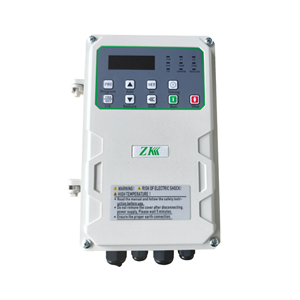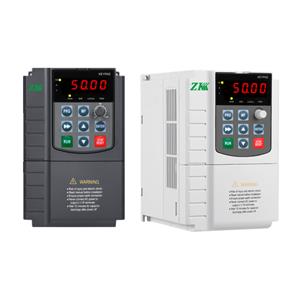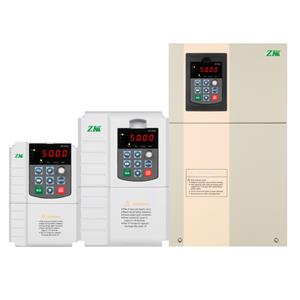When does the inverter need to use a reactor?
Reactor classification
1. Line reactor: Mainly used to suppress sudden grid voltage fluctuations and current surges, protecting the inverter and improving the power factor. It is often used in situations with large power supply capacity, voltage imbalance, or shared thyristor equipment.
2. DC reactor: Used between the DC rectifier and inverter stages of a frequency conversion system, it ensures more stable inverter operation.
Applicable situations
1. Long-distance connections: When the distance between the inverter and motor exceeds 30 meters, adding a reactor is recommended to compensate for the effects of distributed capacitance caused by this distance and to suppress harmonic components in the inverter's output.
2. Harmonic interference: In monitoring and communication equipment, harmonic interference from the inverter side of the inverter can cause nearby electrical equipment to malfunction. Furthermore, harmonic interference can cause vibration, overheating, and, in severe cases, damage to the motor. Therefore, adding a reactor is necessary to mitigate harmonics.
3. Large power supply capacity or voltage imbalance: When the power supply capacity is large or the power supply voltage imbalance exceeds 3%, adding a reactor is recommended to prevent voltage-induced current surges. This not only protects the inverter but also improves the power factor.
4. Sharing a power supply with thyristor equipment: When the inverter shares a transformer with thyristor equipment or reactive power compensation equipment, it is recommended to add a line reactor to reduce the impact of voltage harmonics on the inverter.
Advantages
1. Extending Service Life: Reactors suppress surge voltage and current, effectively protecting the inverter's internal electronic components from damage. They also filter out harmonics and waveform distortion, ensuring stable inverter operation.
2. Improving Power Factor: Input reactors effectively improve the inverter's power factor and enhance power supply quality. They also suppress harmonic currents, ensuring stable grid operation.
3. Extending Effective Transmission Distance: Output reactors extend the inverter's effective transmission distance, ensuring stability even over long cables.
4. Reducing Motor Noise: Output reactors effectively reduce motor noise and eddy current losses, improving efficiency.
5. Protecting Internal Power Switches: Reactors effectively suppress the transient high voltage generated when the inverter's IGBT module switches on and off, preventing damage to the power switches.




